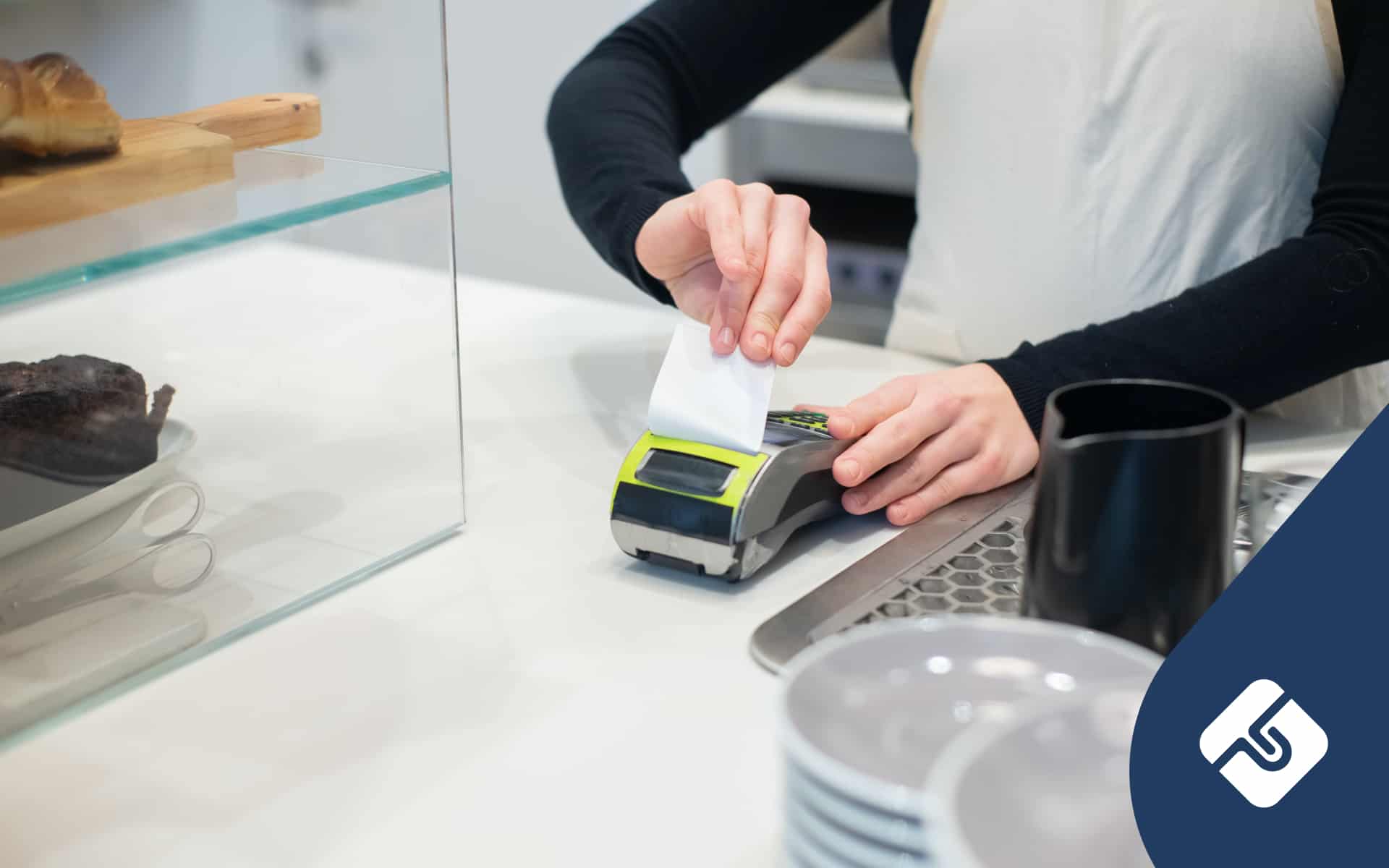There are a number of things that can be patented. Appliances, mechanical devices, biological inventions, and even some business methods can be patented. Let’s say you’ve come up with the next innovation that can rock the market. You’ve already patented it in Australia, but you want it protected overseas too. How do you file a patent overseas?
Well, there are two ways to do so. Each of them depends on how much you’re willing to spend on legal fees. Let’s have a look at how it’s done.
File a patent in each foreign country you want protection in
If you really want to protect your innovation or invention, then this is the way to go. This is the expensive option. Applying individually in each country might be more effective if you want to make sure you’re successful in each application. However, it might be quite a slow process.
For example, let’s say you only want to patent your business method in the United States and the United Kingdom. Their laws are slightly different in some respects. They’re both different from each other and to Australia’s laws. To make sure you’re successful in each patent application, you’ll want to speak to an intellectual property lawyer. They’ll be able to ensure you reach the best result in your applications to each country. However, the way that this is done involves contact between law firms in each country. The lawyer you seek will contact a firm in both the USA and the UK and communicate with other experts on how to best succeed in your application. This can take some time.
Thanks to international relations and treaties, however, this is not the only way to register your patent overseas.
Patent cooperation treaty: File in multiple countries at once
Thanks to the hard work of international lawmakers, it’s a lot easier to make sure your patent is applicable overseas. The Patent Cooperation Treaty (PCT) is an agreement between over 150 countries. It allows you to apply for a patent once which will be sent to every country that is a party to the treaty.
When applying through the PCT, your application goes through an examination of set standards that are accepted by each of the treaty countries. This essentially gives you a good indication of the countries you would like protection in.
Through this method, however, each country will determine the validity of your patent application based on their laws. This just means that if your patent is infringed in another country, the laws of that country will apply. Not the laws of the country it was filed in. Applying through the PCT is the most efficient way of making sure your intellectual property is protected overseas. It’s also the cheapest method.
Takeaway
Protecting your intellectual property overseas can be done in two ways. Individually, or through the PCT. Each has its benefits. If you want to file a patent overseas and aren’t sure where to start, speak to a patent lawyer that can help you protect your inventions.





